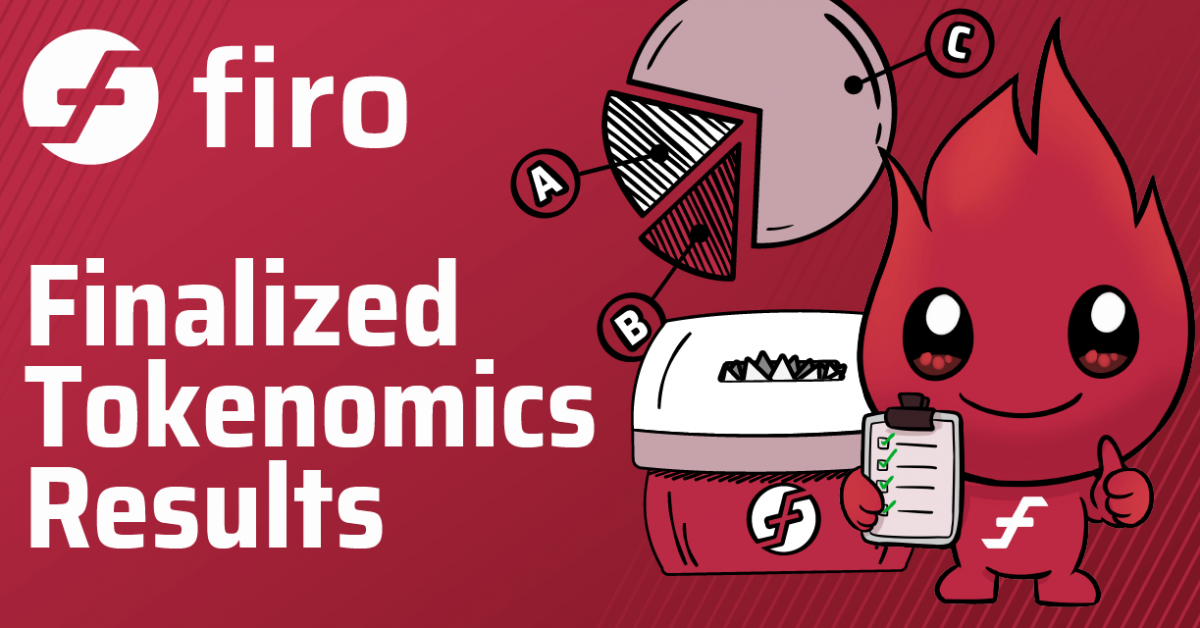Bitcoin miners sell their BTC reserves and keep an eye on AI to increase profits.

Bitcoin miners are running out of breathing room.
The $19 billion market rout prompted operators to begin moving massive amounts of Bitcoin to exchanges. This is a classic sign that selling pressure is building.
According to data from CryptoQuant, between October 9 and October 15, mining wallets sent 51,000 BTC worth over $5.6 billion to Binance alone. The largest daily transfer amount on October 11 was over 14,000 BTC, marking the largest mining deposit since July 2024.

Sell your reserves
These spikes rarely occur in isolation. This typically occurs when miners need liquidity to cover rising costs or hedge against price fluctuations.
Analysts see this move as a bearish on-chain signal that shows miners are ending their long-term accumulation phase and preparing to sell.
Blockchain researcher ArabChain explained that large transfers from miners’ wallets typically mean direct liquidation or collateral loan arrangements.
According to researchers:
“Sometimes miners deposit coins to use as collateral for derivatives contracts or for financing purposes. In other cases, these deposits are merely technical redistributions, i.e. transfers between wallets and trading platforms associated with mining institutions for regulatory or operational reasons.”
This change in behavior marks a turning point for the industry. For most of this year, miners have been consistent net accumulators, taking advantage of post-halving scarcity to push prices higher.
But now we’re seeing the exact opposite reaction, with margins shrinking and network difficulties deepening, leading to lower margins.
Harder races on every block
Bitcoin mining difficulty, which measures how difficult it is to find new blocks, peaked above 150 trillion in September after seven consecutive positive corrections.
The most recent epoch, which ended at block 919,296, finally eased 2.73%, providing brief relief after months of relentless upward pressure, according to Cloverpool data.
Difficulty adjustments occur approximately every two weeks, rebalancing puzzles to bring blocks closer to Bitcoin’s 10-minute target.
Increasing difficulty is a sign that more machines are competing for rewards. A decline means that weak miners are powered off. However, even the slight decline did not improve profitability.
The hash price, the revenue per terahash of computing power, has fallen to about $45, the lowest since April, according to the Hashrate Index.
Meanwhile, transaction fees were incurred instead, which would help offset the lower rewards. As of 2025, the average fee per block is 0.036 BTC, the lowest since 2010.


Bitcoin mining analyst Jaran Mellerund said:
“It’s paradoxical that so many Bitcoin miners completely ignore transaction fees. No one seems to even talk about them…in just 10 years, these fees will be almost their only source of income.”
With Bitcoin’s halving in April reducing the block reward to 3.125 BTC, miners are now competing in a zero-sum environment where every additional terahash reduces everyone’s payout.
Many small-scale operations are already taking place underwater, especially those using older and less efficient equipment.
AI offers a lifeline
Facing razor-thin margins, major mining companies are seeking profitable alternatives in AI and high-performance computing (HPC) hosting.
Over the past year, companies like Core Scientific have reorganized their large data center footprints, already optimized for power, cooling, and fiber connectivity, to accommodate compute-intensive AI workloads.
Hashlabs reported that a 1MW mining site operating efficient equipment at about 20 joules per terahash (J/TH) could generate approximately $896,000 in Bitcoin revenue per year at a BTC price of $100,000.
However, the same MW leased to AI customers for compute-intensive workloads can earn up to $1.46 million per year in stable contract-based income.


Nico Smid, founder of Digital Mining Solutions, said:
“The rise of AI and high-performance computing (HPC) is transforming the global computing landscape, and Bitcoin miners are feeling the impact first-hand. What started as a parallel industry is now competing for the same core resources: power, infrastructure, people, and capital.”
This pivot does not mean miners are abandoning Bitcoin. Instead, they are diversifying the same infrastructure that once protected blockchain into the broader computing economy.
In fact, miners can remain solvent through hosting contracts while waiting for the next cryptocurrency upcycle.
What it means for Bitcoin
In the short term, it is clear that miner selling puts pressure on an already weak market.
Historically, sustained inflows of miner wallets preceded consolidation or surrender periods. But the long-term story may be more important.
Bitcoin’s security model, which relies on consistent hashpower incentives, could face structural changes if mining facilities continue to transform into hybrid AI-encryption data centers.
As the profitability of pure block rewards declines, Bitcoin’s hash rate may become increasingly dependent on companies that no longer make mining their primary business.




